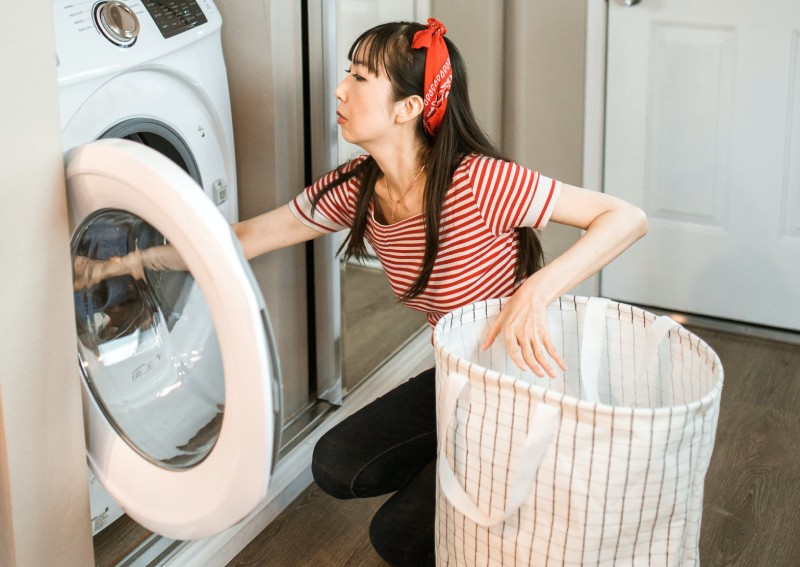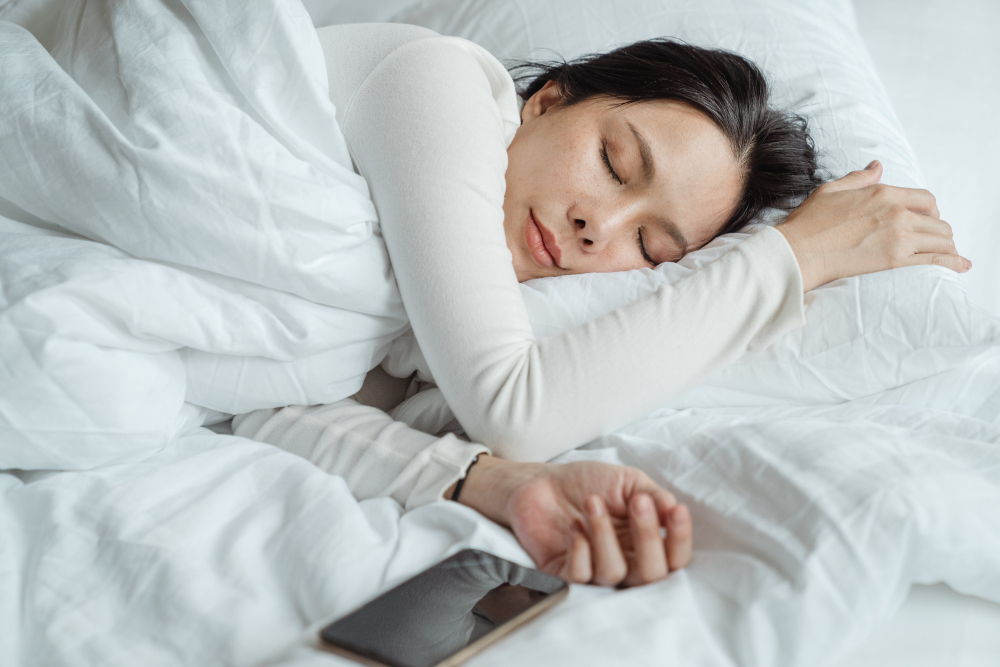Navigating chores and activities during the postpartum period

How soon can you do chores after giving birth? How do you know if you are overdoing it postpartum? What activities should you avoid after giving birth?
Bringing a new life into the world is undoubtedly a miraculous experience but the postpartum period is a time of adjustment and recovery.
As a new parent, it's essential to strike a balance between caring for your newborn and taking care of yourself. One common concern is when to resume physical activities and tackle household chores after giving birth.
In this article, we'll explore these aspects, offering a casual and informative guide for new parents.
Slowing down after giving birth is crucial for several reasons. Firstly, the body undergoes immense physical stress during labour and delivery, and taking time to rest allows for proper healing.
The postpartum period is essential for the uterus to contract, the cervix to close, and any incisions or tears to heal. Pushing too hard too soon can lead to complications such as increased bleeding or delayed recovery.
Additionally, new mothers need time to adjust emotionally and bond with their newborns, fostering a supportive and nurturing environment.
By slowing down, both physically and emotionally, mothers can ensure a smoother transition into parenthood. It's a time to prioritise self-care and focus on the well-being of both the mother and the newborn.
It's important to remember that going back to your routine before pregnancy and childbirth varies from person to person.
Your labour and delivery, as well as the healing of your postpartum wound or incision site, can also be a factor in how you can go back to your previous routine.

Here's a general timeline for postpartum mums:
The first day after giving birth is all about rest and recovery. It's crucial to allow your body to heal, so engaging in physical activities is not recommended. Focus on bonding with your baby and getting adequate rest.
In the initial week, light activities like walking can be beneficial for circulation and mood. However, always listen to your body and stop if you experience discomfort. Avoid strenuous exercises and prioritise rest.
At the one-month mark, you may gradually incorporate gentle exercises like pelvic floor exercises and postpartum yoga. Consult with your healthcare provider before starting any fitness routine to ensure it aligns with your individual recovery.
Around three months postpartum, you can consider more moderate exercises like brisk walking, swimming, or low-impact aerobics. It's essential to progress gradually and pay attention to any signals your body gives.
If you had a caesarean section or experienced complications, consult your healthcare provider for personalised advice.
Wondering when you can go back to your regular activities? Here's a quick table to summarise:
| Activity | Time frame after giving birth |
|---|---|
| Carry your baby | From day one, with assistance if needed. Gradually increase as comfort allows. |
| Take a bath | Typically after 24 hours or once medical professionals give the green light. |
| Leave the hospital | Usually within 24 to 48 hours after a vaginal birth, or longer after a caesarean section, based on medical advice. |
| Drive | Typically after two weeks, considering individual recovery and pain levels. Always consult with your healthcare provider. |
| Resume light exercise | Around one to two weeks for gentle activities like walking or stretching. Consult with a healthcare provider before starting any exercise routine. |
| Resume household chores | Light chores can be gradually reintroduced after the first week, but avoid strenuous tasks for the initial weeks. Listen to your body and seek assistance when needed. |
Engaging in household chores postpartum is a common concern. While it's crucial to help maintain your living space, it's equally important to prioritise your recovery.
In the early days, delegate tasks to friends and family, or hire assistance if possible. As you progress, gradually reintroduce light chores, ensuring not to overexert yourself.
Certain chores, due to their physical demands, should be avoided during this sensitive time to prevent complications and promote a smoother recovery. Here's a short list of chores to steer clear of after giving birth:
Certain activities should be approached with caution or avoided altogether during the postpartum period, including:
Recognising the signs of overdoing it postpartum is crucial for a healthy recovery. Watch out for:
If you experience any of these signs, it's crucial to consult your healthcare provider for guidance.

Navigating the postpartum period requires patience and self-care. Listen to your body, prioritise rest, and gradually reintroduce activities to support a healthy recovery.
ALSO READ: Navigating the postpartum fitness journey: A guide to safe and effective exercise
This article was first published in theAsianparent.